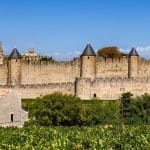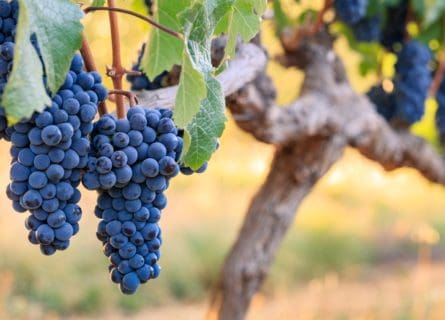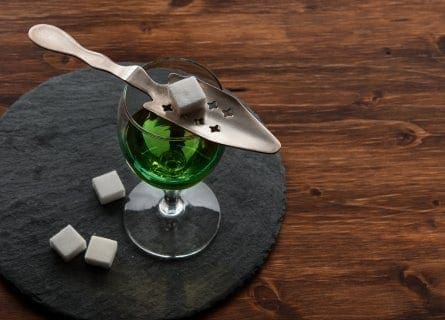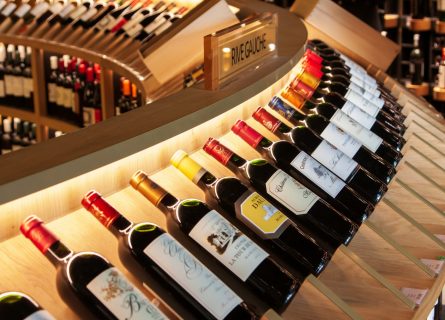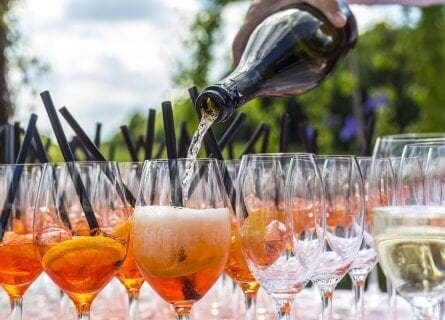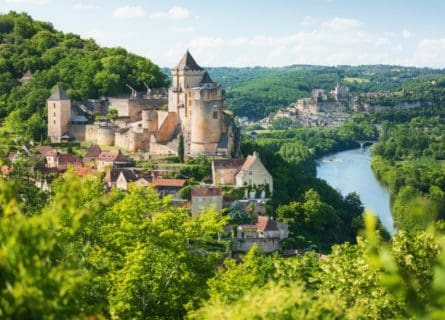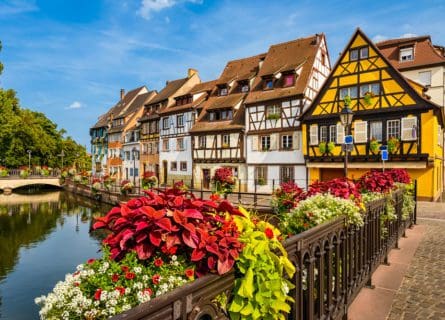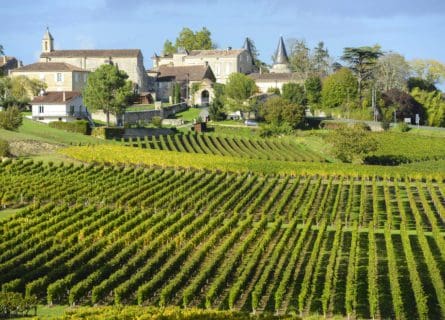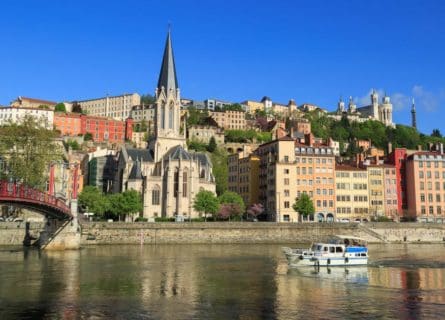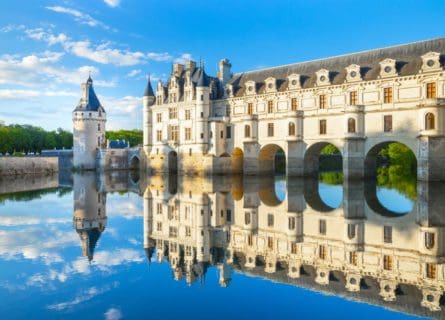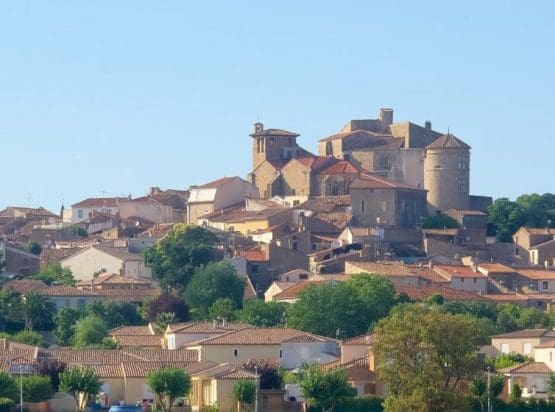
Montpellier Travel Guide
Montpellier: Where Youthful Energy Meets Timeless Charm in Southern France's Most Exciting Hidden Gem
Montpellier is one of the few cities in southern France without a Roman heritage, yet it is nonetheless a genuinely captivating destination. This beautiful and dynamic student town attracts more than its fair share of party revelers in the summer months. Indeed, Montpellier, where students make up around a third of the population, is innovative, fast-growing, self-confident, and a worthy rival to Toulouse for the title of southern France’s most exciting city. Anyone who has spent an exciting evening in the city’s historic old center and Montpellier’s Place de la Comedie can testify to that fact.
As one of southern France’s most important cities, visitors often expect Montpellier to boast a lengthy and remarkable history. However, compared to Toulouse and Marseille, Montpellier was a relative latecomer to the party. Founded by the Counts of Toulouse, Montpellier was first mentioned in a written document in 985 AD. According to historical records, the settlement was developed and protected by the Guilhem family, a feudal dynasty from Toulouse, for over two centuries. Under their rule, the settlement’s population and renown quickly grew, bolstered by the castle and defensive walls overseen by the Guilhems, who prioritized protecting Montpellier.
By Medieval times, the city fell under the control of the Kings of Aragon following the marriage of Peter II of Aragon with Marie of Montpellier. And so, after a humble beginning, Montpelier rapidly transformed into a very prosperous city with trading links all over the Mediterranean. Its proud scholastic tradition also emerged during this era: Europe’s first medical school was founded in Montpellier in the 12th century, and the city was celebrated for its universities and as a place of learning.
However, in the 14th century, Montpellier’s fortunes worsened. After centuries of relatively peaceful rule, Montpellier passed to James III of Mallorca, who subsequently decided to sell the city to the French Monarch Philip VI in 1349. Although Montpellier was an increasingly important religious and economic center during this time, successive plagues killed more than a quarter of the city’s population, and its rival Marseille became the south of France’s de facto capital by the beginning of the 15th century.
Nonetheless, Montpellier was far from an insignificant backwater during this period and played a role of great importance in Europe’s Wars of Religion in the 16th century. The Protestant Reformation, started by Martin Luther, had spread like wildfire across Europe, and Montpellier became a significant base for France’s Protestant faction, known as Huguenots. During this dark period, atrocities were committed on both sides, and many of the city’s religious buildings were destroyed by the Huguenots. The Edict of Nantes in 1598 brought a brief respite to the hostilities. However, the fighting resumed until the French King Louis XII besieged Montpellier and eventually defeated the Huguenot forces.
After the fighting subsided, Montpellier’s fortunes again improved, and the city’s ruler began improving existing and run-down buildings and imposing a new architectural style. The city’s church was transformed into a Cathedral, while a beautiful new botanical garden was also created, which still enthralls visitors today. The city was celebrated as the royal capital of the Languedoc and even attracted the famous astronomer Nostradamus, who studied medicine in Montpellier in the 16th century.
The city enjoyed a relatively peaceful and prosperous existence until the French Revolution in the 18th century. Montpellier has thrived under a reasonable level of self-determination. Still, the French Revolution and subsequent abolition of the monarchy centralized the government and abolished the local privileges that the so-called ancient regime had granted. The city was no longer the capital of the Bas-Languedoc. Instead, Montpellier was reduced to the capital status of the much smaller Herault region. Nonetheless, Montpellier was not severely affected by the conflict, unlike its Provencal neighbor, Marse.
In the 19th century, Montpellier and the surrounding Languedoc region became increasingly renowned for wine production. Its heyday occurred in the 1870s – after the newly installed railways reached this part of France, large quantities of strong, potent wine were shipped to the recently industrialized north. Unfortunately, the dreaded Phylloxera louse devastated many of the region’s vineyards, leaving growers destitute.
Montpellier played a relatively minor role during the First World War; however, its citizens were forced to live under a puppet Vichy government as part of France’s Nazi occupation during the Second World War. It was a brutal time – The French police collaborated with the Nazis in rounding up hundreds of thousands of Jews and other “undesirables” for deportation to concentration camps.
Despite the hardships of the Second World War, Montpellier greeted the latter half of the 20th century with renewed optimism and a sense of purpose. Mass immigration from North Africa during the 1960s played a decisive part in transforming Montpellier into the cosmopolitan city it is today, imbuing it with a vibrant food scene and the strength of multicultural diversity. This diversity and vibrancy continue to attract hordes of visitors in the summer, not least because Montpellier is ideally situated to explore the majestic Languedoc region. As the 17th-century philosopher John Locke once famously said: I find it much better to go twice (sic) to Montpellier than once to the other world.” We couldn’t agree more.
-
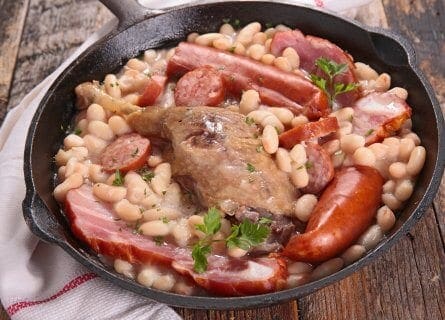
Savory local dish, Cassoulet Gastronomy & Wine
No dish is more evocative of the Languedoc region than cassoulet, a casserole with beans and meat. Simple, yes, but the best examples from Montpellier’s talented firmament of chefs are divine comfort food fit for a king. There are at least three significant varieties of cassoulet, and the city’s numerous restaurants often prepare their own take on it. The Languedoc is also famous for France’s most expensive cheese, Roquefort, which is made in the village south of Milau.
However, there is far more to local cuisine than traditional dishes and expensive cheeses. Decades of immigration from North Africa and beyond have ensured that an exceptional variety of reasonably-priced ethnic food is available in cities like Montpellier. Indeed, if curry has become an integral part of British cuisine, the same can be said about tajine and couscous in France.
Montpellier is no exception to this trend, and today offers the hungry visitor a good range of dining options, from the traditional to the exotic. Le Petit Jardin on rue Jean-Jacques Rousseau is one of our favorites, a charming restaurant offering imaginative cuisine, courteous service, and very affordable prices. Insensé is another hit; the restaurant attached to the Fabre Museum delivers innovative dishes in a modern, chic environment. Le Bans des Gourmand, staffed by a friendly young team, is another favorite with citizens in the know, serving delicious local dishes at wallet-friendly prices. The wine list is small but concise and full of local gems.
Indeed, you have come to the right place if you’re searching for characterful, fruit-driven wines at fair prices. The revolution that has taken place in the Languedoc-Roussillon is one of the most dramatic changes to have occurred in France’s wine industry in recent times. Once derided as a region of cheap jug wine, the South of France is proving its ability to make characterful, terroir-driven wines at highly competitive prices.
Its modern transformation began relatively recently in the early 1990s, when a younger generation of globe-trotting winemakers decided to adopt a new approach, bringing a more international outlook and fresh ideas to Languedoc wines across the board. And so today, a mosaic of different styles are up for grabs, from excellent sparkling wine from Limoux to the heady reds of Fitou and Minervois. The choice, as they say, is yours.
A Gastronomic Guide to Provençal Cuisine: Read more
Nearby Wine Regions
-
 Explore Languedoc's exceptional wines, crafted by visionary vintners. Discover affordable luxury in a region. Plan your tour today! Read more
Explore Languedoc's exceptional wines, crafted by visionary vintners. Discover affordable luxury in a region. Plan your tour today! Read more
Highlights
-
Museum Agropolis
One of Montpellier’s more exciting museums, Agropolis, is all about food and how people around the world grow it. With the use of colorful displays and modern, interactive environments, it tracks our progress from hunter-gathers to supermarket patrons.
-
Place de la Comedie
The city’s most beautiful square, the Place de la Comedie, is known to locals as Oeuf because of its egg shape. Westwards, between Rue de la Loge and Grand Rue Jan Moulin, sprawls the city’s fascinating old quarter, a web of narrow alleyways and historic mansions, not to mention delightful cafes and bars.
-
Fabre Museum
One of France’s best art museums, the Fabre, is a superb and atmospheric venue containing one of Europe’s most precious collections of artworks from the 16th century onwards and seven galleries of bright, dynamic art.
Recommended for you
More information
If you would like us to customize an exclusive luxury tour, contact us and let us know your travel plans. We offer luxury food and wine tours for private groups of a mininium two guests. In addition, all of our private, chauffeured tours are available year-round upon request.

